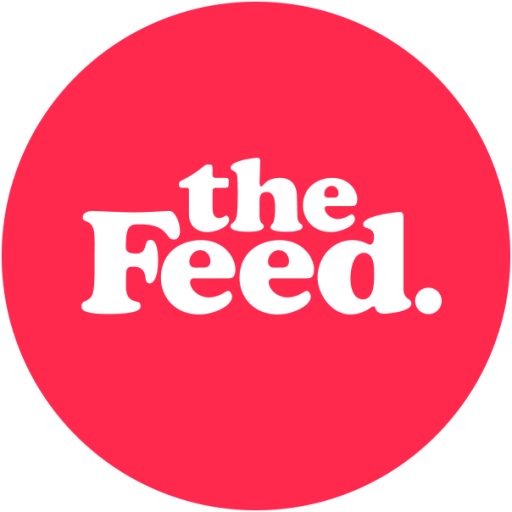The average carbon footprint of wild-caught fish harvested and processed at sea by New Zealand’s deepwater fishers is estimated to be one of the smallest among animal-based protein sources.
This is evidenced in a study by Crown Research Institute AgResearch senior scientists Dr Stewart Ledgard and Dr André Mazetto, released this month by Seafood New Zealand’s Deepwater Council.
The scientists measured the average carbon footprint – a key indicator of sustainability – of seafood such as hoki, orange roughy, jack mackerel and squid harvested on 21 deepwater vessels between 2021 and 2022.
They concluded that fish from New Zealand’s deepwater harvest:
- has one of the smallest average carbon footprints, compared to other seafood with an average footprint of 1.19kg of carbon emissions (equivalent measure) per kilogram of whole fish. This is one of the lowest carbon footprints in the world. See the bar graph.
- for comparison with other edible products, the study extended the footprint to include processed edible fish fillets. Even here the study found the footprint to be still one of the lowest in the world for edible protein, at 2.24kg of carbon dioxide per kg of edible protein. Only seaweed and farmed shellfish are lower.
- has the lowest carbon footprint (kg of carbon emissions compared to 100g of protein) among commonly consumed animal protein/foods produced in New Zealand (including New Zealand beef, dairy beef, sheep meat, milk, farmed oysters and mussels).
A global literature review (a critical evaluation of a wide range of what other researchers have written about the same topic) concluded that deepwater fish like New Zealand hoki has a smaller footprint than beef, sheep, milk, pork and poultry.
The main source of greenhouse gas emissions (92 to 95%) is fuel, followed by refrigerant use (3-6%), packaging (2-3%), and the life cycle of the vessel (1%). See table 1.
SNZ Deepwater Council General Manager Aaron Irving says the research was commissioned to enable the seafood sector to better understand its carbon footprint, to demonstrate the sector’s commitment to reducing its energy consumption, and to assist in introducing lower carbon solutions for the deepwater fleet.
“We know that New Zealanders love eating seafood, but we also know that they also want to understand the carbon footprint of the food they choose to buy and eat.
“When we were looking to commission this study, we asked the team at AgResearch to undertake it for us. They are New Zealand’s best scientists in this field, having undertaken remarkable work to calculate the carbon footprints of dairy, beef, lamb and milk.
“We are excited that consumers have increasing access to the most up-to-date science and information about the foods they choose because we know that our fish is a sustainable, low-carbon choice,” Mr Irving says.
About the methodology
A ‘cradle to gate’ Life Cycle Assessment was used to estimate greenhouse gas emissions produced during all activities necessary for fish harvest and production – from a vessel’s construction to the end of its voyage when the fish is landed at New Zealand wharves:
- vessel construction, maintenance and end-of-life processing
- travel to and from fishing grounds
- catching of fish, onboard preparation of fish (gutting, fileting and packaging)
- on-board refrigeration
The scientists used the most recent LCA methodology guidelines for wild fish, and the latest IPCC global warming potential factors, to calculate a footprint in ‘carbon dioxide equivalent’ measures.
Bar graph: New Zealand’s deepwater trawl harvest (‘DWG’) compared to international examples of wild-caught and farmed seafood products, using data from more than 2,690 fish farms and 1,000 unique fishery records worldwide (Gephart et al, 2021)
Table 1: Simple and weighted averages (based on the total catch for each vessel) for the carbon
footprint per kg of catch (or kg of greenweight landed fish ) for all 21 vessels. Bracketed values refer to the range between vessels.
| kg CO2e / kg catch | ||
| Simple | Weighted | |
| Fuel | 1.38 | 1.14 (0.37-3.19) |
| Refrigerant | 0.04 | 0.04 (0-0.21) |
| Vessel | 0.01 | 0.01 (0.007-0.013) |
| Total | 1.42 | 1.19 (0.38-3.28) |
About the Seafood New Zealand Deepwater Council
The Seafood New Zealand Deepwater Council represents quota owners of New Zealand deepwater fisheries who selectively fish for New Zealand’s deepwater species like hoki, jack mackerel, orange roughy, and squid.
The council works in partnership with the Ministry for the Primary Industries (MPI) to manage the sustainability of our wild fisheries.



